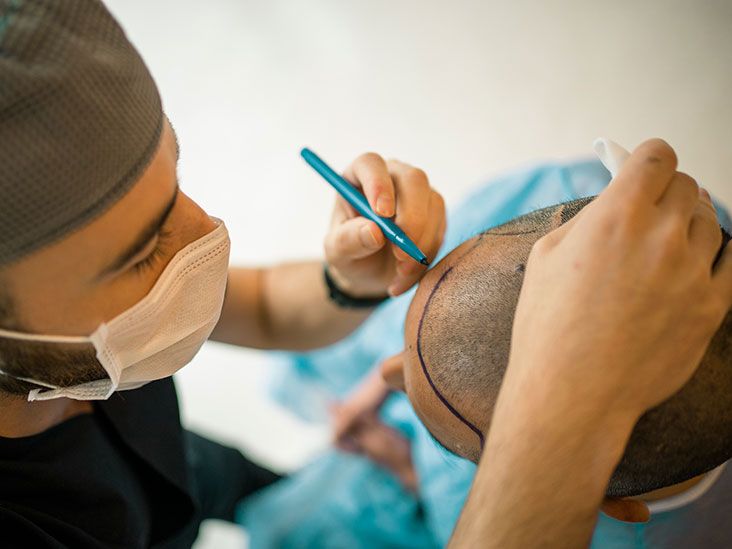If you're considering a Hair Transplant in Dubai, you’re likely curious about what happens after the procedure. While the initial results may not be immediately visible, understanding the recovery process week by week can help you manage expectations and stay on track for the best results. In this guide, we will walk you through the typical recovery stages, what to expect, and how to ensure a smooth healing journey. Let’s dive into the details of your hair transplant recovery timeline.
Week 1: The Initial Healing PhaseThe first week after a hair transplant is typically the most intense in terms of recovery. During this time, you’ll likely experience some swelling, redness, and scabbing around the transplant site. It’s completely normal for the scalp to feel tender and sensitive as your body begins to adjust to the newly transplanted hair follicles.
During the first week, rest is essential to allow your body to begin its healing process. Most people return to their regular activities after a week, but avoid strenuous physical activity to prevent sweat and irritation in the transplant area. Week 2: Scabbing Starts to ShedBy the second week, much of the initial discomfort should have subsided. The scabs that formed around the transplanted follicles will start to flake off. You may notice the transplanted hair follicles shedding, which is completely normal. This is often referred to as the "shock loss" phase, where the newly planted hair goes into a resting phase before growing again. At this stage, your scalp will still be healing, but it should be less sensitive. You can begin gently washing your hair with mild shampoo, following the instructions provided by your specialist. The shedding of the hair may seem alarming, but don’t worry—this is a temporary phase, and new hair growth will begin soon. Week 3-4: New Hair Growth BeginsBy the third and fourth week, you should start seeing small, fine hair growth in the transplanted areas. These new hairs will be delicate, and it’s essential to continue protecting the area from unnecessary stress or damage.
During weeks 3-4, you’ll likely start resuming more normal activities. However, avoid excessive sun exposure, as your scalp is still vulnerable to UV damage. You should also continue to be cautious with hair styling and avoid tight hats or any accessories that could cause friction. Week 5-8: Hair Growth Becomes NoticeableThe real excitement begins around weeks 5 to 8, when the new hair starts to thicken and become more noticeable. This period is when the hair follicles that survived the shock loss phase begin to show growth.
During this stage, continue your post-transplant care routine, including any prescribed treatments or products to enhance hair health. While some shedding may still occur, it’s a sign that the hair is entering the next phase of growth. Week 9-12: Significant Growth and More ConfidenceBy the time you reach the 9 to 12-week mark, the hair transplant recovery timeline takes a significant turn. You’ll notice that your hair has started to fill in and cover thinning spots more effectively. The transplanted follicles are now in their active growth phase, and you may begin to feel more confident in the way your hair looks.
By the end of the 12 weeks, you may feel more at ease with your appearance, but it’s important to remember that the final results will continue to improve as time goes on. Full results can take up to a year to fully reveal themselves.
6-12 Months: Full Results Are VisibleAlthough the initial recovery period is crucial, the most dramatic results from a hair transplant typically appear within 6 to 12 months. By the end of this period, your transplanted hair will have fully matured and integrated with your natural hair, providing a fuller, thicker appearance.
Final ThoughtsThe recovery timeline for a Hair Transplant Dubai is a gradual process that requires patience and consistency. From the initial swelling and scabbing in the first week to the fuller hair growth that starts to show by the third or fourth month, each stage brings you closer to your desired outcome. If you're planning a Hair Transplant in Dubai, it's important to follow your specialist's aftercare instructions and allow your body time to heal. | |
|
| |
| Views: 16 | |
| Total comments: 0 | |

